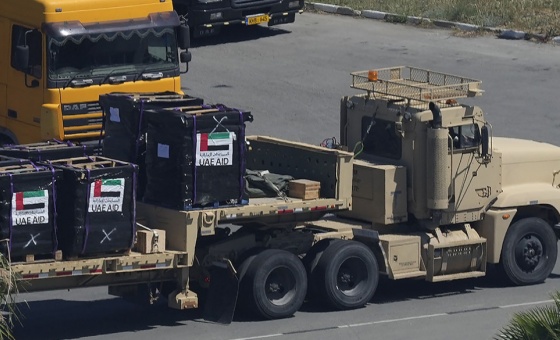This is the last article you can read this month
You can read more article this month
You can read more articles this month
Sorry your limit is up for this month
Reset on:
Please help support the Morning Star by subscribing here
GORDON NORRIS, the communist seaman involved in the historic 1966 seamen’s strike, has died at the age of 87.
He grew up in Hartlepool and like so many of his generation he knew extreme poverty.
Leaving school during WWII, his first job was in the local steelworks. After a stint in the Royal Navy, back home as a civilian and unhappy with the job offered back in the steel industry, he accepted the attractive conditions being offered to ex-Royal Navy men by the Royal Australian Navy (RAN), which was then recruiting in Britain. The terms were generous, passage was provided and a significant pension would become available after a short period of service.
After his time in the RAN he sought work on the Australian waterfront and became a ship’s fireman on Australian coastal steamships. It was at this time that he became an admirer and militant activist follower of communist Billy Bird, the almost legendary secretary in Melbourne of the Seamen’s Union of Australia.
While ashore recovering from an accident in which he suffered severe scalding in a ship’s engine room, he did voluntary work at the Communist Party of Australia’s newspaper Tribune, which he had began reading while still in the navy.
After an unhappy marriage break-up he returned to Britain in 1959 not knowing what he would do there or even if he would stay, but he was armed with some contacts employed in ship repair in the Port of London.
Feeling his way around, he was steered into employment on British ships. This involved registration with the Shipping Federation and compulsory membership of the National Union of Seamen (NUS) under the sweetheart deal in place since WWI between the ruthless ship-owning employers and the notoriously right-wing and collaborationist seamen’s union that had been formed by Havelock Wilson.
None of the officals of this organisation were elected by the seamen but were shore-based appointees, mostly fervently anti-communist, handpicked and positioned in the ports by the all-powerful general secretary, the dictactorial collaborationist Sir Thomas Yates.
These were the officials who, through a sophisticated port control documentation system (PC5), “collected” union dues from the men, were completely assimilated as part of the owner’s control structure and took an integral role in maintaining strict discipline over “their” members.
This arrangements once attracted the following description: “It is a blunt bargain. The trade union keeps the men in order. The employer agrees to employ union men only.”
These were among the circumstances that kept British seamen cowed, low-paid compared to shore workers and many European seamen, disorganised and highly dissatisfied with the performance of the NUS.
Gordon, with his work experience in Australia where merchant seamen had long since organised themselves, was amazed and horrified at this British yellow union setup. He was struck by the youthfulness of his shipmates and the extraordinarily high turnover of labour in the ships.
Gordon summed up the situation of these young seafaring ratings like this: “They had plenty of fire in their bellies, but they didn’t know what target to fire at.”
It turned out to be a fortuitous time for Gordon to arrive in Britain. By the late 1950s the neglect of the seamen’s interests, a whole backlog of unresolved gripes and shipboard issues and increasing living standards in shore jobs in Britain had created a wind of change.
There was an increased awareness among coastal cargo and short-voyage Liverpool liner crews of how far their standards of pay and working hours were inferior to those in shore-based occupations. In 1960 rank-and-file demands were stepped up, calling for redress by adopting a more militant line to the Yates regime. There had been no pay increase since 1958.
In July 1960, shortly after Yates had lodged a usual begging bowl pay and hours claim with the shipowners, a disciplinary dispute aboard a Cunard boat at Liverpool provided the spark. It led to angry meetings of seamen, culminating in a whole list of old grievances being voiced and demands for a shorter working week.
This call spread from Liverpool and was echoed in other ports. Two unofficial strikes took place between July and September, with newly identifying militants setting up a National Seamen’s Reform Movement.
Gordon, still green to the British conditions and familiarising himself, set out with the aid of the Communist Party in London to get in touch with other communist NUS members, but in the entire country there appeared to be only two he could contact: Roger Woods in Liverpool and Alec “Spike” Robson on Tyneside.
Meeting these two became his priority and marked the start of his years of organising seafarers across Britain to fight for their rights, improve their conditions and wrest control of their union away from the shipowners.
Organising seafarers is not easy. The proof of the level of energy this man brought to this struggle finds testament in the ongoing and relentless smear campaigns organised against him by the NUS old guard. These smears started as soon he was began convincing members to attend NUS branch meetings.
Students of British political, labour and trade union history need to be aware that the ridiculous McCarthyite smear tactics employed by Wilson during the 1966 shipping strike signify the key role Gordon played in establishing an element of dignity in the lives of British seafarers.








